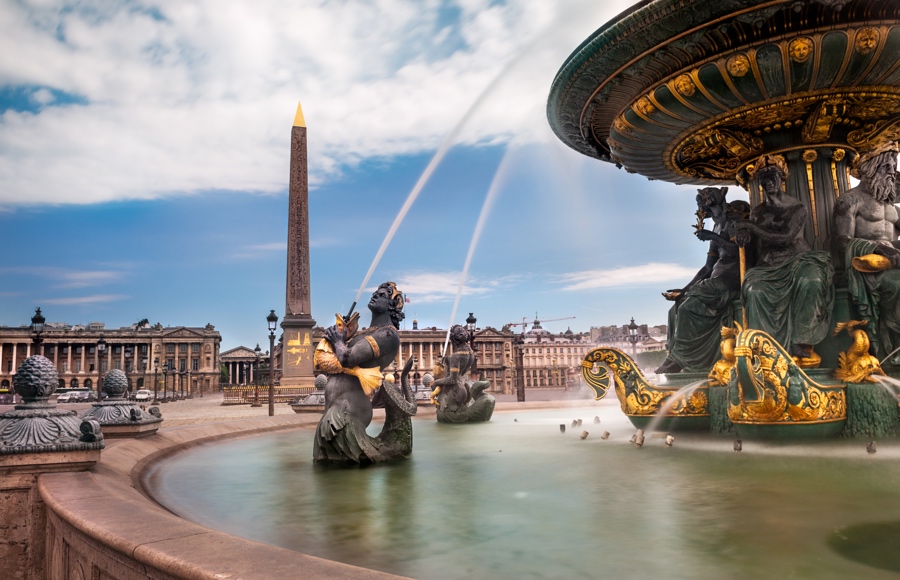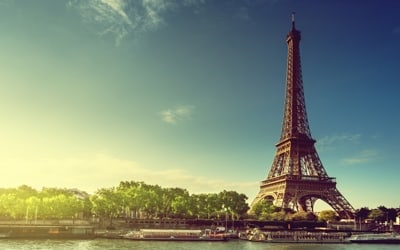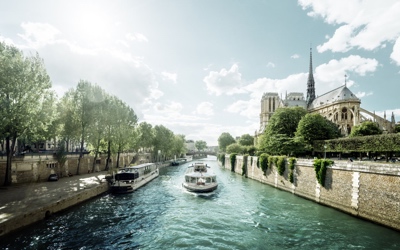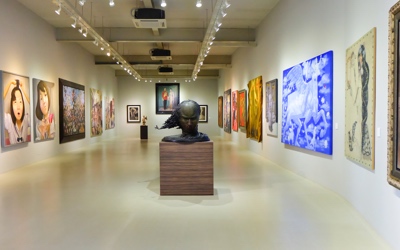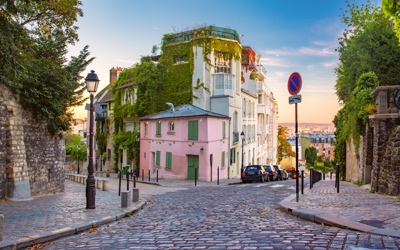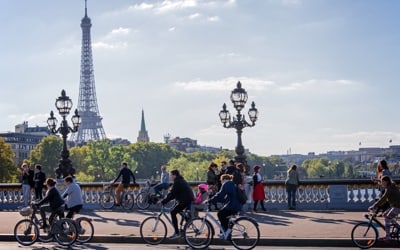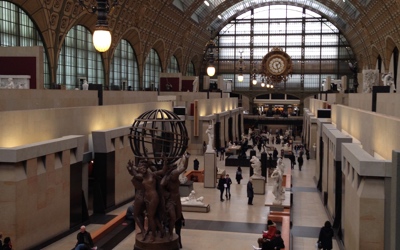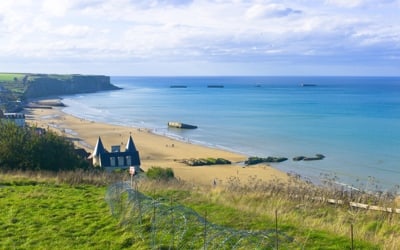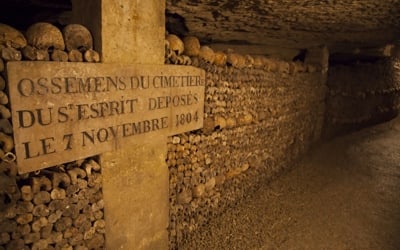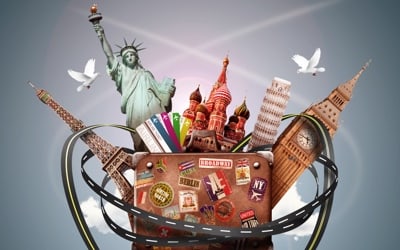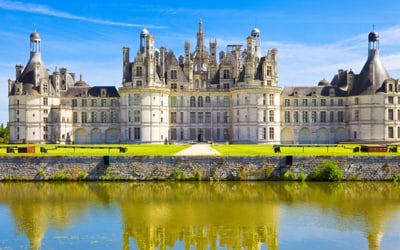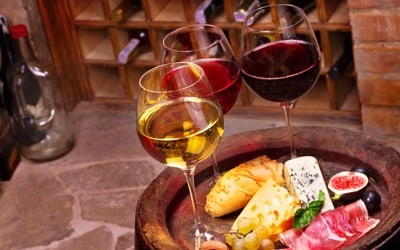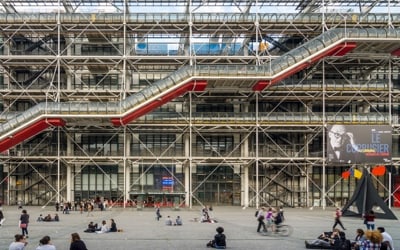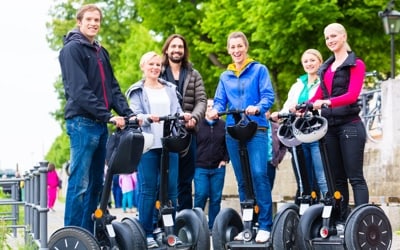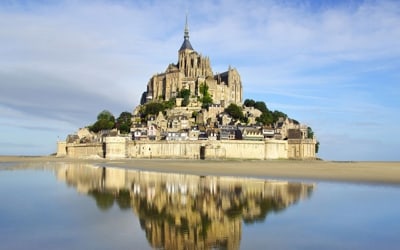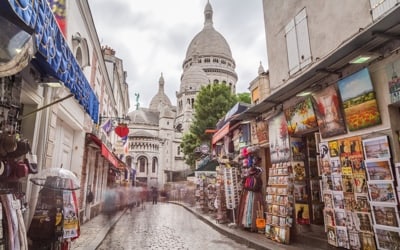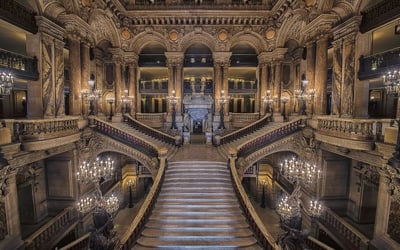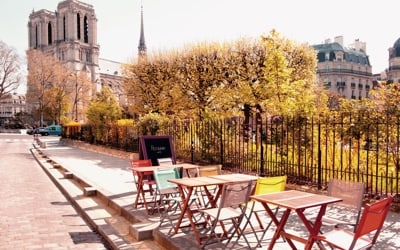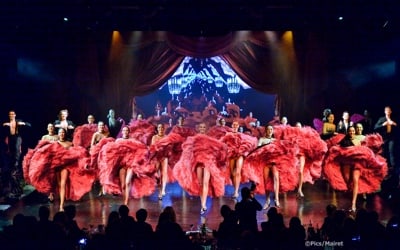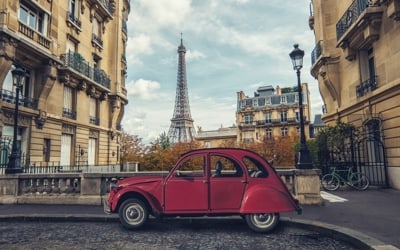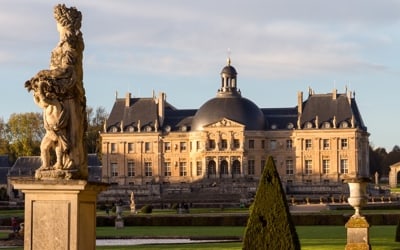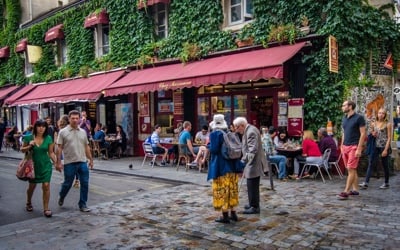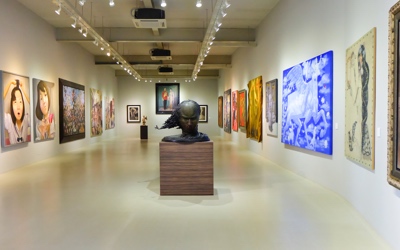Paris: City Guide And Best Things To Do
Paris is considered one of the most beautiful cities on earth. It is also the most popular tourist destination in the world. Every year, millions of tourists come to this city to enjoy the many attractions, interesting places, French cuisine and the unique atmosphere of Paris.
- How to get to Paris
- Around Paris
- Transport
- Car rental
- Connexion and Wi-Fi
- Hotels in Paris
- What to see and to do in Paris?
- FAQ
Describing Paris makes can be a kind of difficult thing. Not because there is nothing to write about, but because this city, like no other city in the world, doesn't correspond to any stereotypes. Of course, everyone has heard of morning coffee with croissants, evening bistros with noisy tables, the smell of roasted chestnuts on the Paris boulevards ... but for some people, Paris can be a loud twilight of Notre Dame, a quiet whisper of tourists in the halls of the Louvre and almost deserted island of Saint-Louis. For other people, the capital of France is first of all the Eiffel Tower, a monument to the "Age of Steam and Electricity", a city where architects travel to be inspired by the Defence quarter and the Montparnasse Towers. Paris is both elitist and democratic, cheerful and sad, bright and slightly blurred by the rains, as in the paintings of Pizarro. And in order to discover Paris for yourself, to fall in love with it and to leave a part of your soul in it, you just need to visit this city.
How to get to Paris
For many years Paris has been one of the five most popular tourist destinations, with about 15 million travelers coming here every year. The city welcomes tourists with three international airports: Charles de Gaulle, Orly, and Beauvais. In addition, Paris is a major railway hub, there are 7 train stations in the city. Thus, the plane is the most convenient way to visit Paris. Also, comfortable buses are coming to the capital of France from the most of the large cities in Europe.

Transport
Finding an understandable system in the chaos and madness of the transport system in Paris can be complicated for a tourist. Of course, for the first time, you can easily get confused. Why so many tickets and passes? How not to confuse the subway and the underground train? Why does the tram leave for the suburbs and the bus passes by the bus stop?
In fact, everything is clear and logical, with passes it is economically, in buses it is conveniently. For the first time visitors, it is recommended to take excursions along the Seine and tourist buses with an audio guide in different languages. For those who know Paris better, it could be interesting to take electric cars and bicycles for rent.
Without any doubt, the most convenient mode of transport is the Paris subway. The most interesting thing about the Paris Metro is that new technologies are combined with those that were built just after construction. There are trains which do not even have machinists, and trains with wagons, to open the doors of which you need to press a button or move the metal latch. The first wagons in the Paris subway were wooden and had first and second class compartments, which were canceled not so many time ago.
In total, there are 14 RATP subway lines in Paris (working time from 5:30 to 0:30) and 4 RER lines - a high-speed suburban subway with transfer stations from the city subway and SNSF trains. RER works from 5:30 to 24:00.
Around Paris
Paris is charming and beautiful but some of its areas are quite dangerous. Of course, a careless tourist may be deprived of his wallet in the Louvre and under the shadow of the Eiffel Tower. However, there is a clear distinction between the city for tourists and areas where better not to go. Please, think about that when planning your walking routes. Paris is not only a city of cafes, bakeries, antique shops, bourgeoisie, and pretty models, but it is also also a city of immigrants, multinational criminals, and neighborhoods, where you shouldn’t go even in the daytime.
Connexion and Wi-Fi
Old phone booths are disappearing from the streets of Paris, and nowadays it is worth relying mainly on mobile communication. Fortunately, the entire city is located in the area covered the 4G connection. Local operators Orange and SFR sell SIM cards to foreigners, to buy it you only need a passport.
In your contract ask the option “sans engagement” what means without a subscription fee. Although it seems to be less advantageous in terms of price per minute of conversation, such a contract will terminate automatically, and with “engagement” every month a fixed amount will be paid, even when you return home.
You can avoid to bother yourself with all those contracts at all, using the possibilities of Internet telephony. Parisians joke that in their city it is easier to find a Wi-Fi spot than a working toilet, in addition, there are no queues in front of the Wi-Fi points. And this is true: in gardens, parks, next to attractions, in museums and near administrative buildings you can often see white ovals with the purple inscription "Wi-Fi free zone". Internet use is free of charge and has only two limitations: when logging in, you need to register and the time of the Internet session should not exceed two hours.
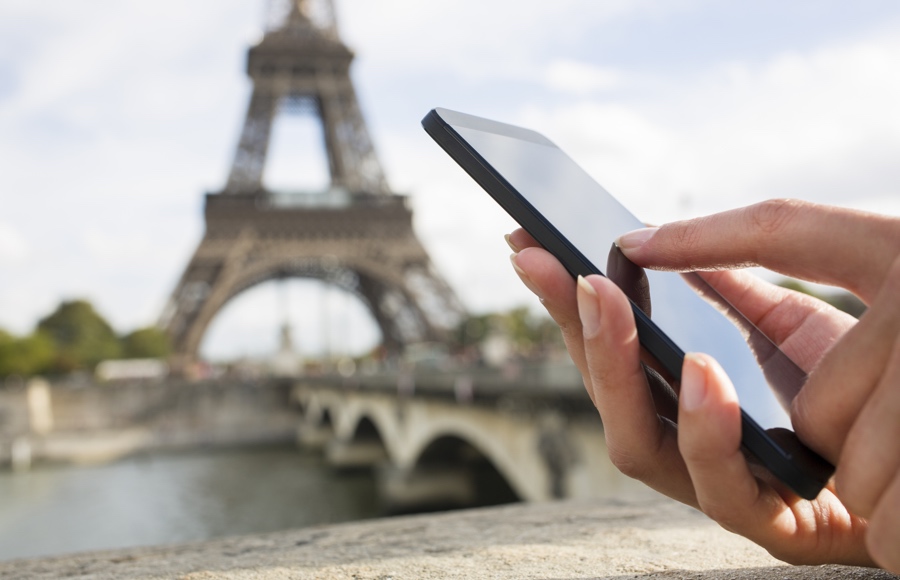
Car rental
Renting a car in Paris has two important features: pleasant and not so much. The good news for a car traveler is that the cost of renting a car in Paris is approximately the same as in the main European cities. The bad news is that Parisians are used to park "on the push" without paying a lot of attention to the surroundings. Hence, the full insurance (it is also called "insurance with zero franchise") is almost mandatory, and this may become expensive. The price for full insurance of economy class car starts at 20 EUR per day. Add to that the money to pay for parking (you won't find free parking in Paris unless you decide to visit the city in July-August). Thus, the idea to move around the city by rented cars will not seem so brilliant. Also, because of the high flow in the airports, interesting offers for rent are gone in minutes, so it is better to book a car in advance, otherwise you risk getting a BMW X8 instead of Opel Corsa for 30 EUR the day you come to Paris.
Hotels in Paris
Local hotels have a lot of delicate features that are better to think about in advance. Authentic Parisian hotels are located in old Ottoman buildings. Although the 19th-century houses with forged grids on the balconies outside look great, inside they will "delight" you with cramped rooms, a tiny elevator, and an ancient heating system. Of course, this does not apply to hotels of 4 and 5* categories, where the rooms meet all modern requirements - but the price starts at about 300 EUR per day.
Another important point: the price of Paris hotels depends on different things, and not all of them are important to every tourist. For example, if you travel light or booked a room on the ground floor, the presence of an elevator in the hotel will not help you but will add additional cost to the room's price. The same concerning the multilingual staff. How much use would you have if the receptionist spoke Spanish? Many hotels deliberately understate their category in order to save on taxes - so expensive for their class "two grand" (100 EUR and above) is almost always better than a cheap "crack" located in the same area.
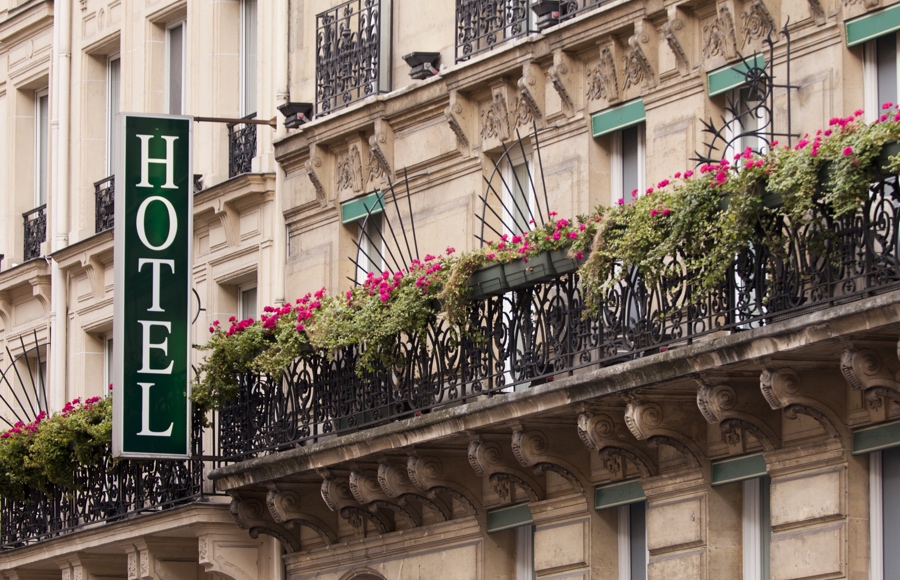
What to see and to do in Paris?
Paris is a city of culture and romance, the fashion capital and the cradle of French cuisine. You are passing through the capital and you only have a few days to get to know the city? Here's our selection of the best quarters in the capital to shop, discover old Paris, sneak out to interesting places or just walk around the city.
Shopping in Marais Quarter
You can't come to Paris without shopping! The charming Marais neighborhood is the ideal place for this. Boutiques of French fashion designers and creative professionals, known all over the world, are concentrated here. Visit this neighborhood just to walk in the streets and have tea and cake in one of the tea shops. Marais is an atypical neighborhood that will take you outside of Paris and where you will be particularly pleased to live while visiting Paris.
Bastille
The Bastille Quarter, which bears the imprint of the history of the French Revolution, is today a great place to go out in the city. Just have a drink with a friend or meet friends and have a party until morning. Especially on Lapp Street, also known as the "thirsty street" because of the cosmopolitan bars where you can spend a great time. If your program includes exploring the nightlife of Paris, the best solution to take advantage of your stay is to rent an apartment in this neighborhood. After a sleepless night, peace and quiet are guaranteed!
Saint-Germain, a place of immersion in Parisian life
If you want to immerse yourself in the atmosphere of French culture, this quarter is for you! The oldest quarter of Paris, very busy due to a large number of students. Start your day with breakfast in a typically French bistro, like Café Flore. Then take a walk around the quarter, and if the weather is fine, take a break in the Luxembourg Gardens, then walk along the Seine embankments to Notre Dame Cathedral. After that, you can settle in one of the many restaurants to familiarize yourself with French cuisine.
Opera Garnier
The Paris Grand Opera is also known as the Opera Garnier, a public opera house and a world centre of the French theatrical culture. The Royal Academy of Music was founded in 1669 by composer R. Cumber and poet P. Perrin. In 1671 marked it was merged with the Royal Academy of Dance, as the theatre was given a new status as the Royal Academy of Music and Dance, which began its activities in March of the same year. The first performance presented to the audience was the musical tragedy of "Pomona" written by R. R. Pomona. Cumber and P. Perrin.
Since the French Revolution, the Academy has changed its official name more than once. It was only in 1871 that the great theater was named Grand Opera. In 1875 the construction was completed and the building gained its modern look. The author of the project was the architect Charles Garnier, the construction, which began in 1862, lasted more than 10 years.
Opera Garnier is near the famous Café de la Paix. To get to the theater building you can take the subway line n° 3, 7, 8 and by bus (more than 10 routes).
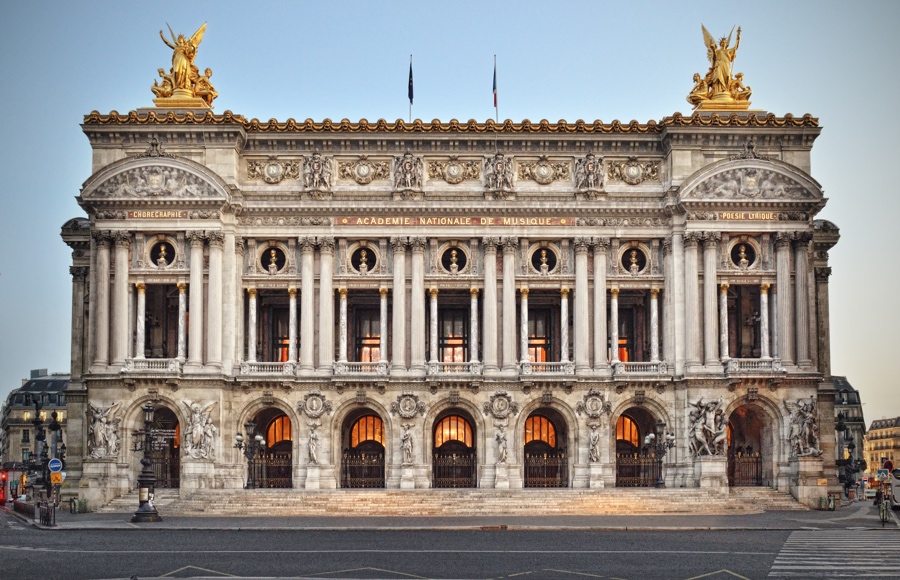
1st arrondissement, the heart of Paris
The first arrondissement is the central quarter of Paris, as well as the starting point for those who came to see the city. It is here that the famous museums and places of the capital, which are included in the mandatory tourist program, are located. It is impossible to leave Paris without visiting the Louvre, located in the former royal palace. After visiting the museum you will definitely get to the Tuileries Garden, where you can take a short walk. Less well-known places, such as the Museum of Decorative Arts or the Textile Museum, are also worth a visit.
Champs-Elysées, a key attraction of Paris
Avenue, located in the historic quarter, is a symbol of Paris. It is impossible to come to Paris without walking along the Champs-Elysées. The "World's Most Beautiful Avenue" has a lot to offer: Start by climbing the Arc de Triomphe to enjoy an unforgettable view of Paris from above. Then stroll down the avenue on foot, do some shopping and stop at Ladier's pastry shop for some of the famous almond cakes. Most likely during your visit there will be exhibitions in the Grand Palace or the Small Palace. From here you can take the subway or walk to the Eiffel Tower and end the day with a stroll through the Champs de Mars. If you're looking for peace and tranquility, we suggest you stay in the 16th District, one of the most luxurious districts in the capital.

Montmartre, a charming and romantic neighborhood
It's a romantic neighborhood in the full sense of the word. The surroundings, like in your favorite french movies, the small streets and secluded corners of Montmartre are full of charm and bohemian atmosphere. If you decide to walk there, you should climb the Montmartre Hill to Sacré Coeur Church to enjoy the beautiful view of Paris. Then go to the Place Tertres, which was once a favourite place for artists to get to the Dali Museum or enjoy freshly prepared pancakes in one of the small restaurants around the square. In the evening, keep your eyes on the Moulin Rouge cabaret, which is just a short distance from the neighborhood, and you won't be disappointed by the magical performance of the French cancan.
Paris is one of the most beautiful cities in the world. Unfortunately, it is impossible to discover it for the short time, as there are always new cultural events, there are a lot of restaurants that should be appreciated, and there are always new boutiques that should be visited... However, if your visit is well prepared, a few days will be enough to fully immerse yourself in the life of this city, the center of culture and art of life.

FAQ
How much is the cruise on the Seine?
A river cruise is a pleasant and relaxed trip along one of the most famous rivers in Europe - the Seine - with a great opportunity to look at the capital of France from a new perspective. And if you go on such a mini-cruise in the evening, you will get a special pleasure: each excursion boat has spotlights, illuminating bridges and embankments, and the illumination of the city adds to the fairytale of the walk as a whole. You can take a boat trip on the Seine right next to the Eiffel Tower. There are 8 stops on the way: the Eiffel Tower, the Museum d'Orsay, Notre Dame de Paris, the Louvre, the Hotel de Ville, the Champs-Elysées, Saint-Germain and the Garden of Plants. Tickets can be purchased at any stop and you can hop off hop on the boat at any stop during the day, or you can ride all day long.
Two Parisian companies take part in such walks: Navette Batobus carries out river walks without a guide. Trips start from 3 September to 5 April is from 10 a.m. to 7 p.m. and the boats will dock every 25 minutes, from 6 April to 2 September every 2 minutes from 10 a.m. to 9 p.m. Adult ticket price is 15 EUR, children (under 16 years old) - 7 EUR, children under 3 years old ride free of charge. In addition to the one-day ticket there is a ticket for two days: 18 EUR and 9 EUR respectively.
The second Parisian cruise company, Bateaux Parisiens (Paris boats), organizes hour-long excursions along the Seine "Croisiere Promenade Tour Eiffel" with comments in 13 languages (Russian). The departure is also from the Eiffel Tower. Tickets cost 13 EUR, children from 3 to 12 years old - 5 EUR. Schedule: from April to September from 10:00 to 22:00 every 30 minutes, from October to March from 10:30 to 21:30 every hour, except 19:30.
In addition, there is a long eight-day cruise on the Seine: Paris - Vernon - Codbec-en-Co - Honfleur - Rouen - Lez-Andeli - Paris, which will cost you from 45 000 RUB per person, or a five-day cruise Paris - Les-Andeli - Rouen - Honfleur - Trouville - Deauville - Paris.
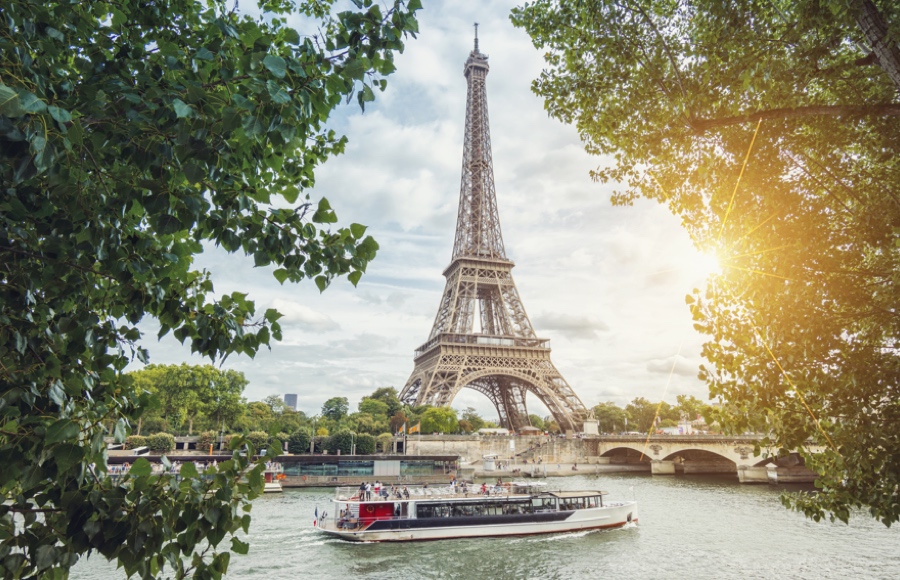
How many train stations are there in Paris?
There are 6 large stations in Paris: Montparnasse, Saint-Lazare, Austerlitz, North, Lyon and East stations. Montparnasse station is located in the area of the same name in the 16th arrondissement of Paris and serves the west and south-west of France (Bordeaux, Nantes, etc.). In addition, suburban and regional routes run through the station, and there is a subway station nearby.
Saint-Lazare station, located in the 8th arrondissement of Paris, near major shopping malls, serves the Ile-de-France region and is connected to the city's public transport system by bus and metro.
Austerlitz station is located on the left bank of the Seine in the 13th arrondissement of Paris and serves Bordeaux, Toulouse, Spain, and Portugal (Madrid, Lisbon). The northern station provides a connection between Paris and the north-east of France, as well as the UK, Belgium, Holland, Germany. In addition, the station serves suburban areas and is a major transfer station on the subway and the network of city trains.
Lyon station serves the central and south-eastern regions of France, as well as the Alps, Italy, and Greece. At the station, there is a restaurant "Blue train", founded in 1901, as well as the same name subway station.
The Eastern station, located in the 10th arrondissement of Paris, serves the eastern direction (Strasbourg, Reims), as well as Switzerland, Luxembourg, Germany, and Austria.
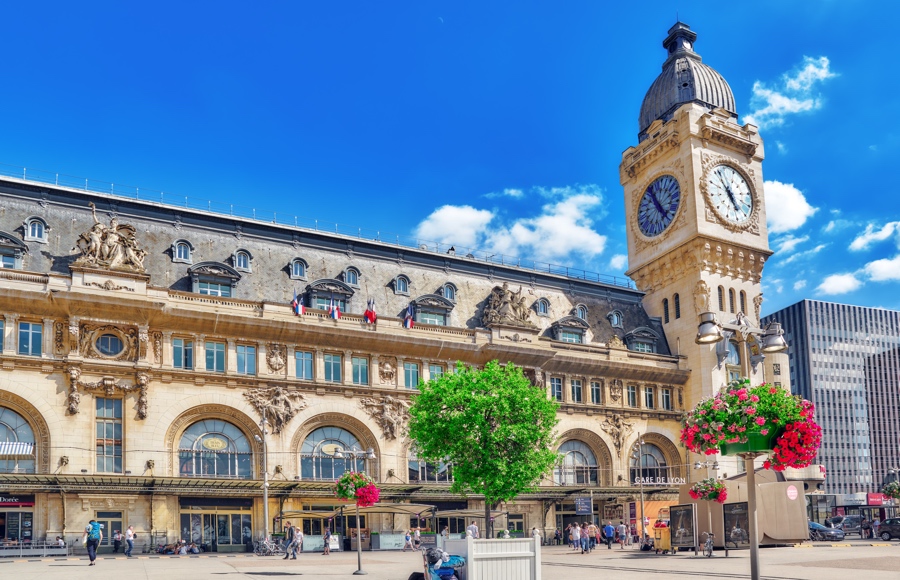
Is it safe at night in Paris?
Crime in Paris is comparable to crime in other major cities, but violent crime is rare, especially in the city center, where large numbers of police officers are located. There are some areas in Paris where it is better not to appear at night (e.g. Barbès). In such places a lot depends on how you behave. A tourist who knows what he is looking for and can explains himself in French is not a big danger to go there.
Other areas where unpleasant incidents can occur include Montmartre, the northern part of the hill and Pigalle Boulevard, the vicinity of the North and West Stations, as well as the Chapel and Stalingrad subway stations and those on the border with the suburbs of the capital.
These areas are full of temperamental and pickpockets and crooks. If you are here, you should behave correctly and calmly, without provoking conflict situations. Of course, it is not recommended to advertise expensive equipment and money, girls should not wear heels and provocative clothes.
The best choice for romantic night walks is Latin Quarter, Montmartre peak, Champs-Elysées, Boulevards or organized guided tours.
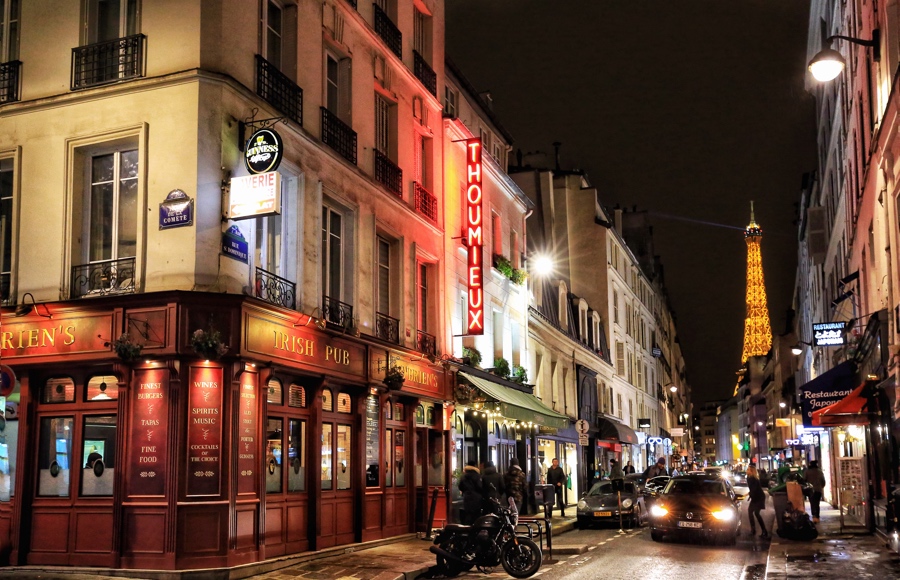
Where can I see the panorama of Paris at night?
You can enjoy the evening and night panorama of Paris from the top of the Eiffel Tower? Also, from the observation deck or the roof of the Montparnasse Tower (the tower is open until 23:30 from April to September, until 23:00 from October to March). The Great Arch of Defiance overlooks the entire Defence quarter and the western part of Paris (the arch is open until 20:00 / 19:00).
Other places with panoramic views of the surrounding area: the Arc de Triomphe in the Champs Elysees (open until 23:00 / 22:30), the Pantheon, the centre of Georges Pompidou, the Tower of the Cathedral of Our Lady of Paris (open until 18:30 / 17:30), the observation deck in front of the entrance to the Basilica of Sacré Coeur, Lafayette Gallery.

Where in Paris is the Latin Quarter?
The Latin Quarter is located on the left bank of the Seine in the 5th and 6th arrondissements of Paris. The Latin Quarter is an area around the Sorbonne University. It was named after the Latin language, which has been taught at the Sorbonne since it became the international language of instruction in the Middle Ages. Today, the Latin Quarter includes not only the Sorbonne but also several other institutions of higher education. The quarter owes its popularity among tourists thanks to its numerous attractions: the Pantheon, the Garden of Luxembourg, the Museum of the Middle Ages, the Thermal Springs of Cluny, St. Michel's Boulevard, the most popular tourist street in Paris, and the pedestrian street Mouffetard.
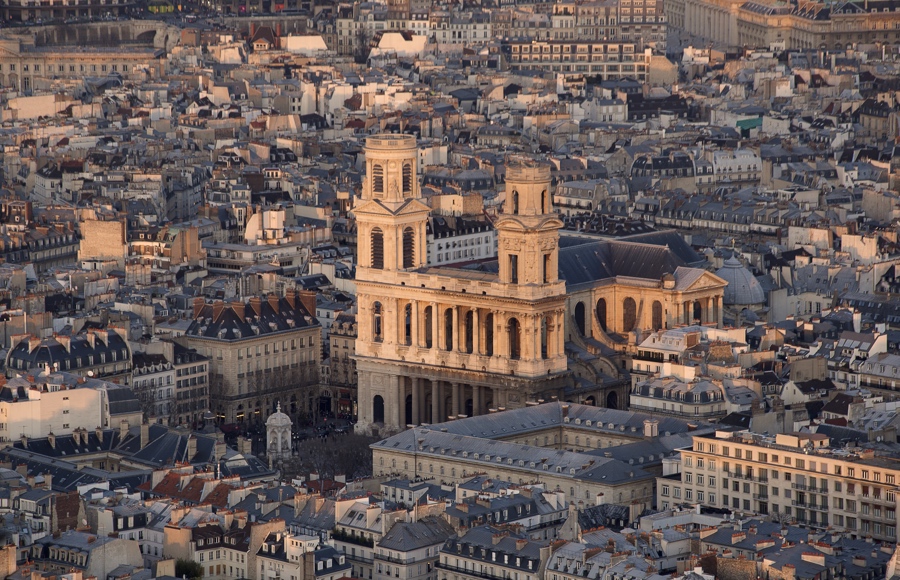
What is the most beautiful bridge in Paris?
The Bridge of Alexander III (Pont Alexandre III) is a one-arch bridge across the Seine in Paris between the Disabled People's House and the Champs-Elysées. The Alexander III Beaux Arts bridge, decorated with figures of pegasuses, nymphs and angels, is considered the most elegant in Paris. By the way, this bridge became one of the heroes of Besson's film "Angel A". The bridge Pont Neuf ("New Bridge") is the oldest surviving bridge of Paris, thrown over the Seine and is one of the symbols of Paris. The New Bridge connects the embankment of the Louvre with the embankment of the Conti and the street Grant-Augustinet.
The Rualle Bridge is the third oldest bridge in Paris after Pont Neuf and Pont Marie and is located between the Flora Pavilion and the Bank of Paris.

What is the most beautiful square in Paris?
One of the most beautiful squares in Paris is the Place de la Concorde, located between the Garden of Tuileries and the Champs-Elysées. The Place de la Concorde, originally named after Louis XV, was created in the 17th century and crowned with a statue of the king. Later the square was decorated with an Egyptian obelisk, fountains and other marble statues. In addition, the Vosges Square or the Royal Square can be singled out as being covered on all sides by the same houses.
Another masterpiece of Parisian architecture is the Place Vendôme, on one side of which is situated the famous Ritz Hotel, and on the other one beautiful palaces. The name of the place translates as "Red Mill", and it is not chosen by chance. The mills have long been considered a symbol of Montmartre and were used for grinding grain, crushing gypsum and grapes. The first cancan was a mix of gallop and quadrille, and was born in the 20s in Paris. Fast leg strokes and a spectacular twine were borrowed from the acrobatic number of Charles Mazurier. But the movements with magnificent skirts appeared at the end of the XIX century.
